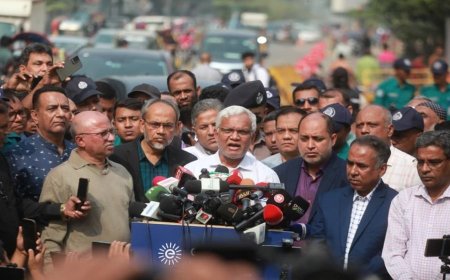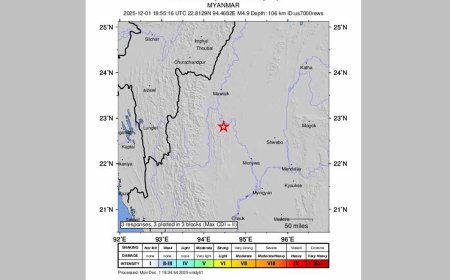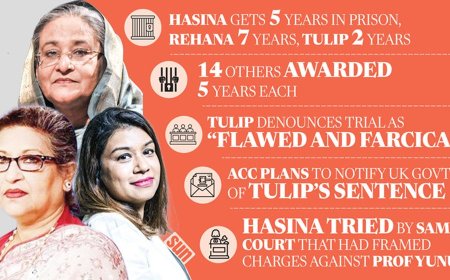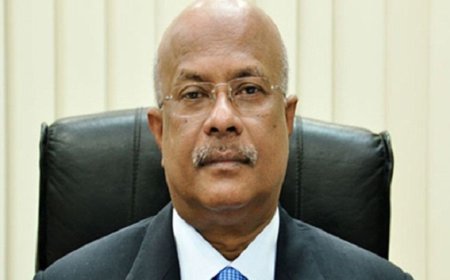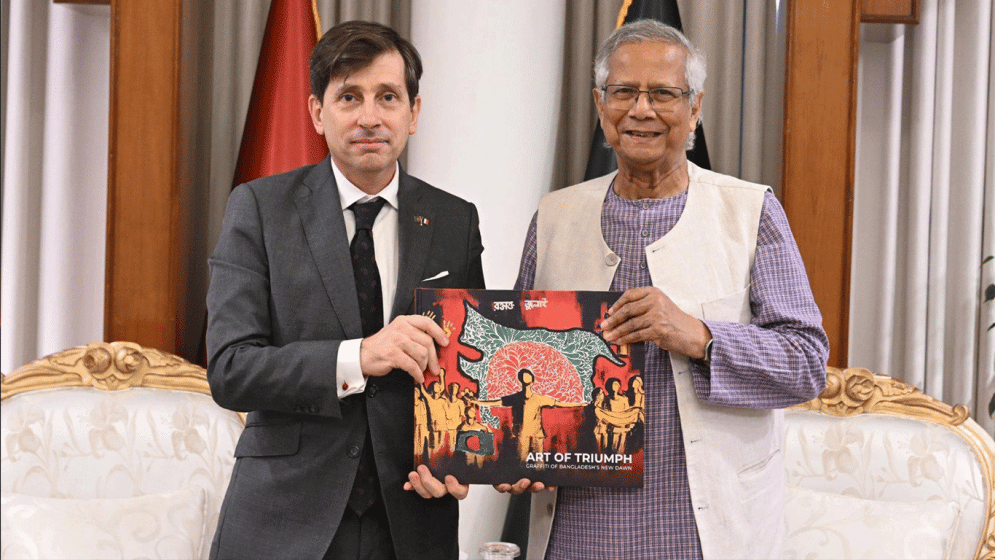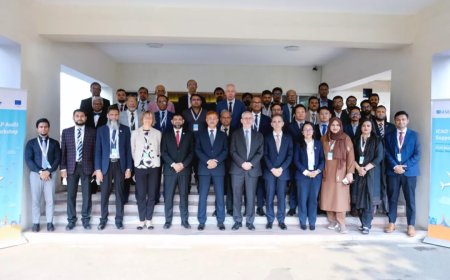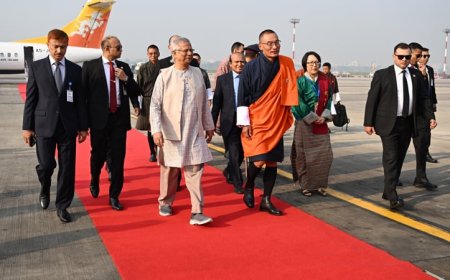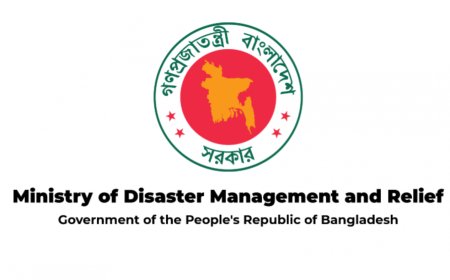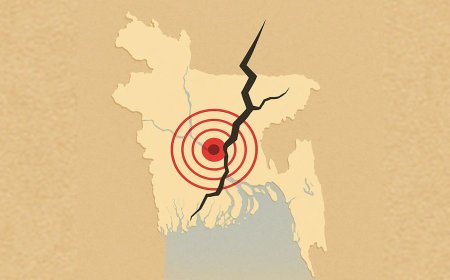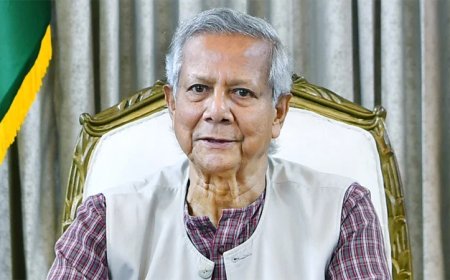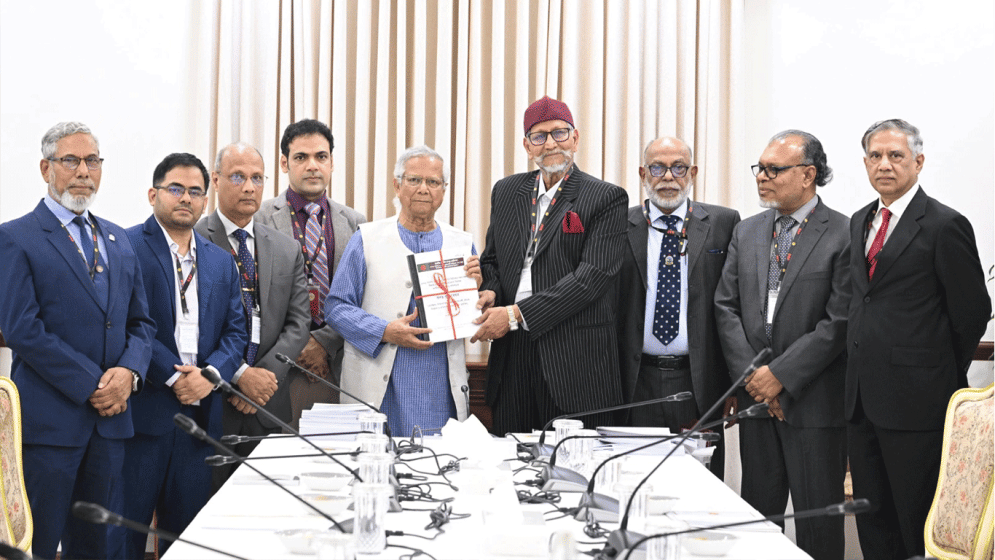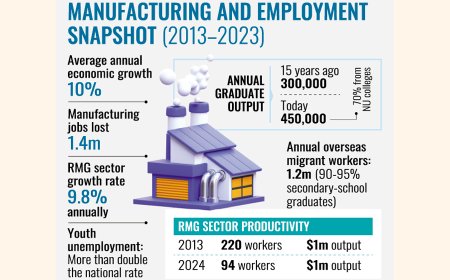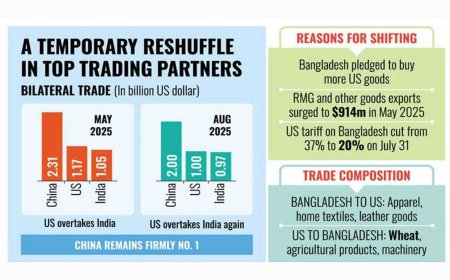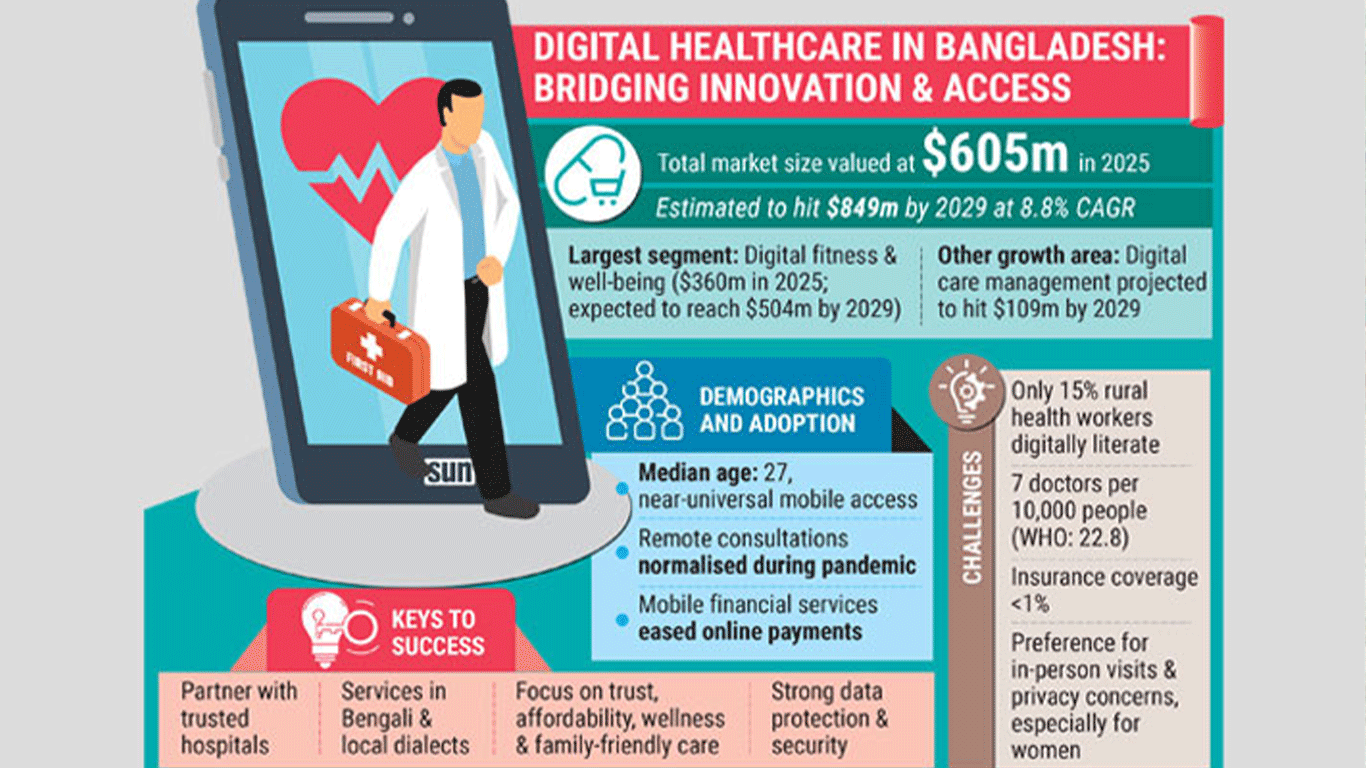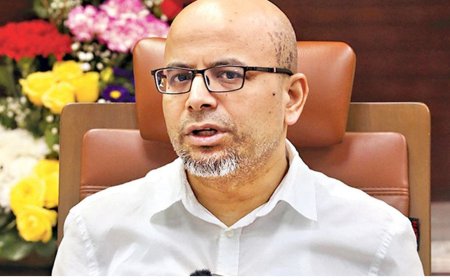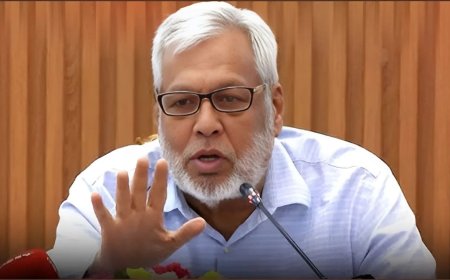Bangladesh’s population reaches 175.7 million, with the majority in the working-age group
Bangladesh’s population rises to 175.7 million, with most in the working-age bracket.
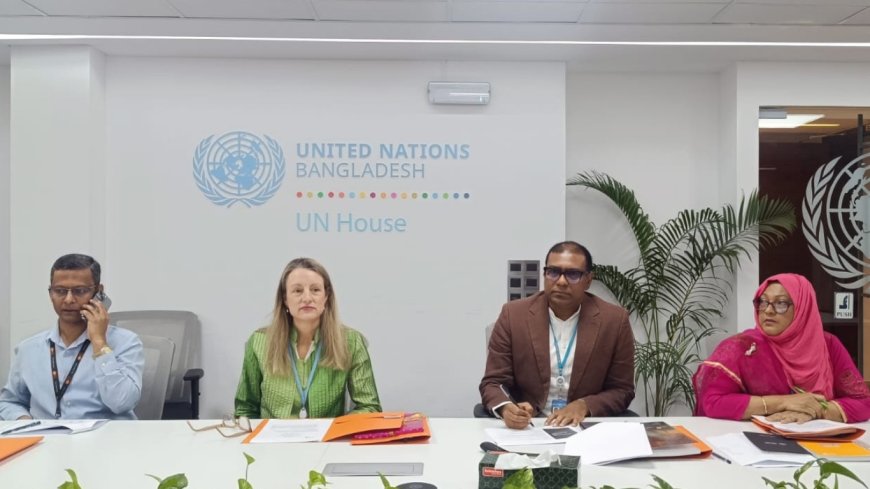
Bangladesh’s Population Hits 175.7 Million, Majority in Working-Age Group: UNFPA
Bangladesh's population is now estimated at 175.7 million, with half being women and two-thirds—around 115 million—falling within the working-age group (15–64 years), presenting a crucial opportunity to capitalise on the demographic dividend.
The figures were revealed in the United Nations Population Fund’s (UNFPA) flagship annual report, State of World Population (SWOP) 2025, officially launched in Dhaka on Monday by UNFPA Representative Catherine Breen Kamkong at a press event at the UN Building in Gulshan.
"As of 2025, the global population stands at 8.2 billion. Bangladesh’s estimated population is 175.7 million, with two-thirds in the working-age bracket. This presents an opportunity to harness the country’s demographic potential," Kamkong stated.
However, she also highlighted emerging challenges. Around 7 percent (12 million) of the population is now aged 65 and above, indicating the onset of population ageing.
Adolescents account for 19 percent of the population—approximately 33 million—while those aged 10–24 make up 28 percent, nearing 50 million, she added.
This year’s report, themed “The Real Fertility Crisis – The Pursuit of Reproductive Agency in a Changing World,” challenges traditional concerns over population size—whether too high or too low—arguing instead that the core issue is the lack of reproductive autonomy.
"Across the world, including in Bangladesh, many people—especially women and youth—cannot realise their reproductive goals due to systemic, social, and economic barriers," Kamkong said.
The report is grounded in a global UNFPA survey, academic research, and lived community experiences, offering fresh insights into fertility and reproductive rights.
Globally, fertility trends vary widely. In high-income countries like South Korea, the fertility rate has plummeted to 0.8 children per woman—the world’s lowest. In contrast, some African countries maintain high fertility rates, with Niger reporting the highest total fertility rate (TFR) of 5.8.
Bangladesh sits in the middle, with a TFR of 2.1. However, adolescent birth rates remain high in parts of the country due to early marriage, limited contraception access, and inadequate sexual education.
The report also highlights unmet fertility aspirations: while most people globally want two children, many end up with fewer than they desire—especially among older adults—while others have more than intended due to lack of access to family planning.
In Bangladesh, Kamkong noted, high out-of-pocket health expenses mean many people cannot afford the care they need.
"Currently, Bangladesh allocates only 0.7% of GDP and 2% of the national budget to health. We urge the government to raise this to 5% of GDP and 15% of the national budget," she said. "This would allow for greater investment in the health workforce—including midwives—and ensure the uninterrupted availability of life-saving medicines and contraceptives, giving women greater choice and control."
What's Your Reaction?







